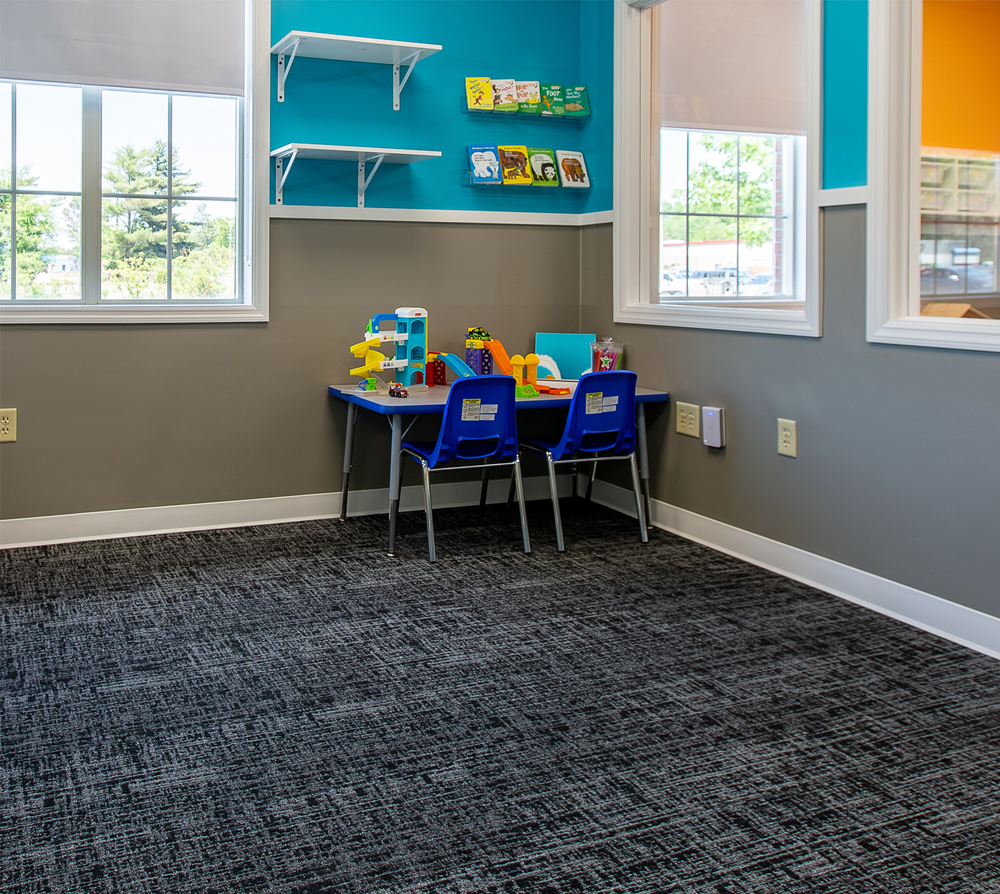How to Make the Most of Meal Time
Getting Your Autistic Child Involved with Food
The involvement of the family has always been a critical component of Applied Behavioral Analysis for treatment of autism. Parents often ask how they can be more involved, how they can take what their child is learning during therapy and apply it at home.
Mealtime is an excellent time for the family to be more involved and help your child with autism apply their new skills into everyday life.
Setting the Table
You can turn setting the table into a simple matching game. You can do this by making a set of placemats with an outline for a cup, the plate, and one or two pieces of silverware. You can give your child the plates (or cups, silverware) so that they can match the shapes with the item they have.
Try to keep one or two back to encourage your child to ask for them. Prompt your child by showing them the whole or only part of the piece they still need to complete the setting. Provide plate or cups with pictures of your child’s favorite character and teach them to request the plate, silverware or cup that they want.
Helping Make the Meal
If you are making oatmeal or a bowl of cereal for your child for breakfast, instead of you pouring the milk or water into the bowl allow them to do it. If you are making pancakes or waffles ask your child to get the different ingredients, you can even portion the ingredients out into smaller containers to make it easier for your child.
You can go a step further and instead of just asking them to get the ingredients for you, you can make it more like a conversation. “Okay, we need eggs. Eggs are in the…” If your child is nonverbal but can read or write you can still make it more like a conversation by using flash cards with words on them or write the words out.
If your child has limited experience with different cooking actions, demonstrate it for them and encourage them to try. For example, if you are adding water, you pour a little and let your child pour in the rest.
Cooking can also be used as an opportunity to practice sequencing. You can do this by placing the ingredients in the correct order on the table and teach your child to name what to do first… second… third and so on. Example: First we pour the cereal, then we pour in the milk, then we get the spoon.
Cleaning Up
Don’t miss out on having your child with autism help during clean up. Teach them where to put their cup, plate and silverware once they are done eating. If you need to, use imitation and model what needs to be done for your child.
Reward
In the beginning you may need to reward your child immediately after they complete a task correctly. Reinforcers that are quick and easy to give such as their favorite snack or a token system. As your child gets familiar with the new activities lengthen the amount of time in-between rewards.
Together, we can unlock your child’s potential
Related News

10/09/2024
Understanding Your Child’s Rights in Iowa
A Guide for Parents of Children with Autism in Iowa In Iowa, under the Individuals with Disabilities Education Act (IDEA), children with autism are entitled to a Free Appropriate Public Education (FAPE) tailored to their needs. Key rights include receiving education in the Least Restrictive Environment (LRE) and having active parental involvement in the development […]

10/09/2024
Elopement – What Is It? – Lighthouse Autism Center
Elopement is something often spoken about in the autism community. We look at what it is, how to prevent it, and what to do if your child tends to run out in the community or at home. Elopement – What Is It? We often hear the term elopement when talking about autistic children. Find out […]

10/08/2024
Importance of Early Autism Diagnoses
Our in-depth infographic explains the importance of early detection and diagnosis in autistic children. We also identify some of the early signs to look out for. INFOGRAPHIC: Why is Early Detection and Diagnosis So Important? What is Autism? Autism spectrum disorder (ASD) is a developmental disability that can cause significant social, communication, and behavioral challenges. […]


